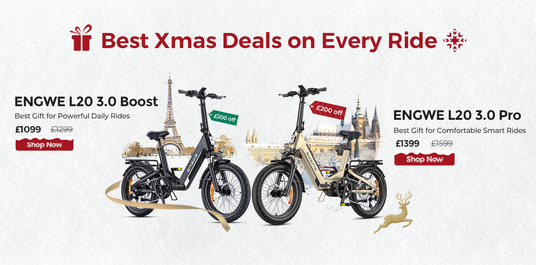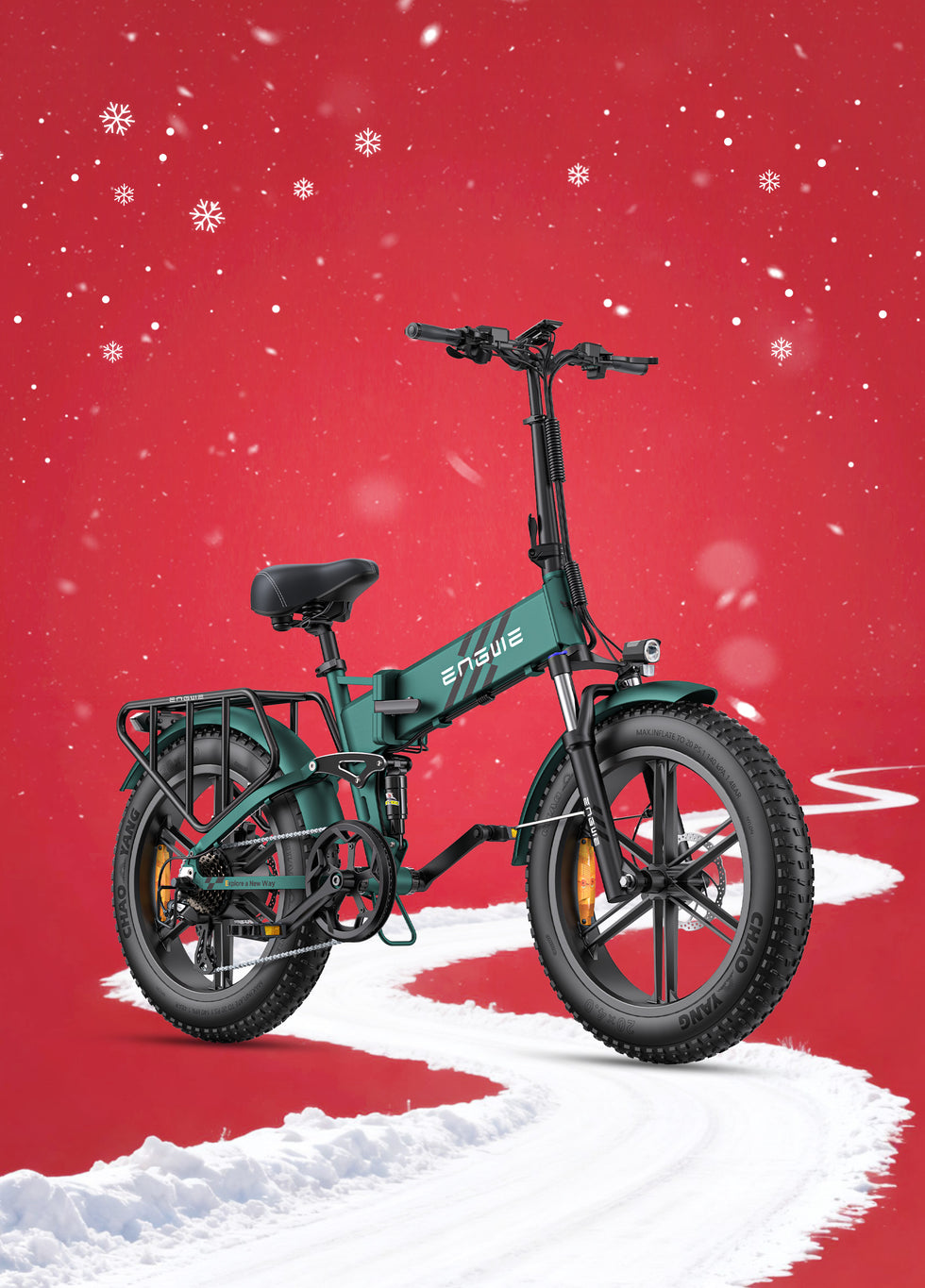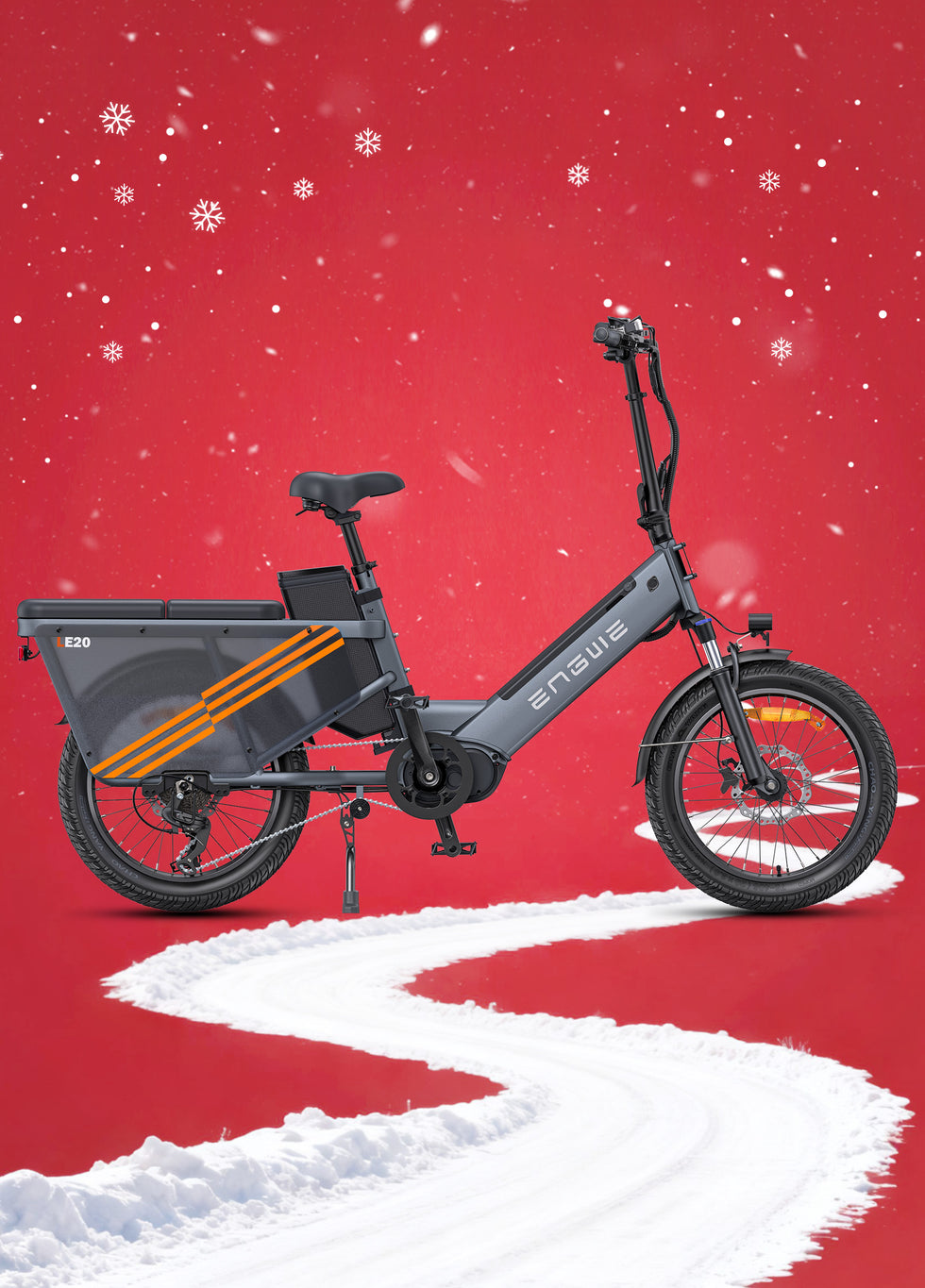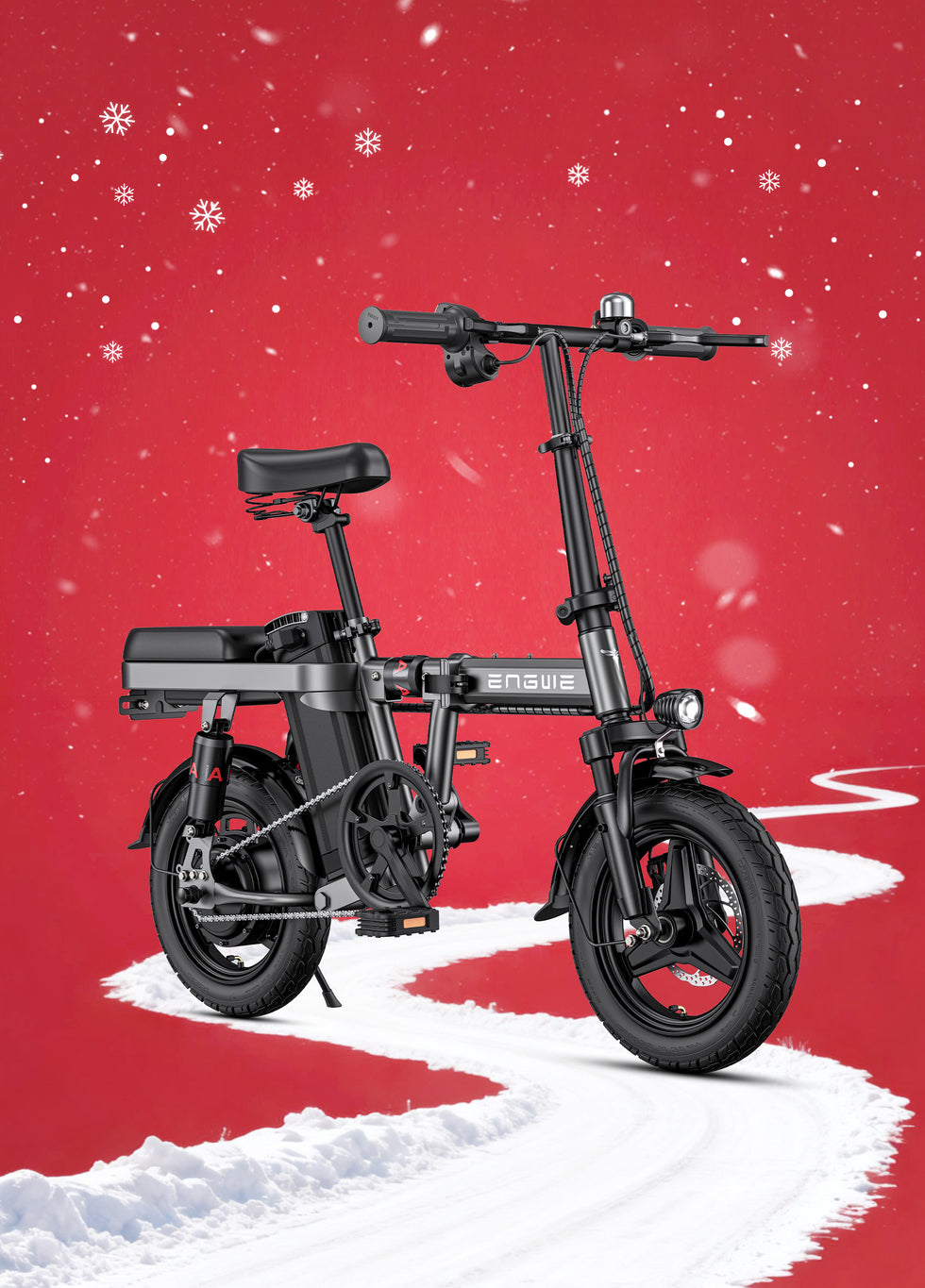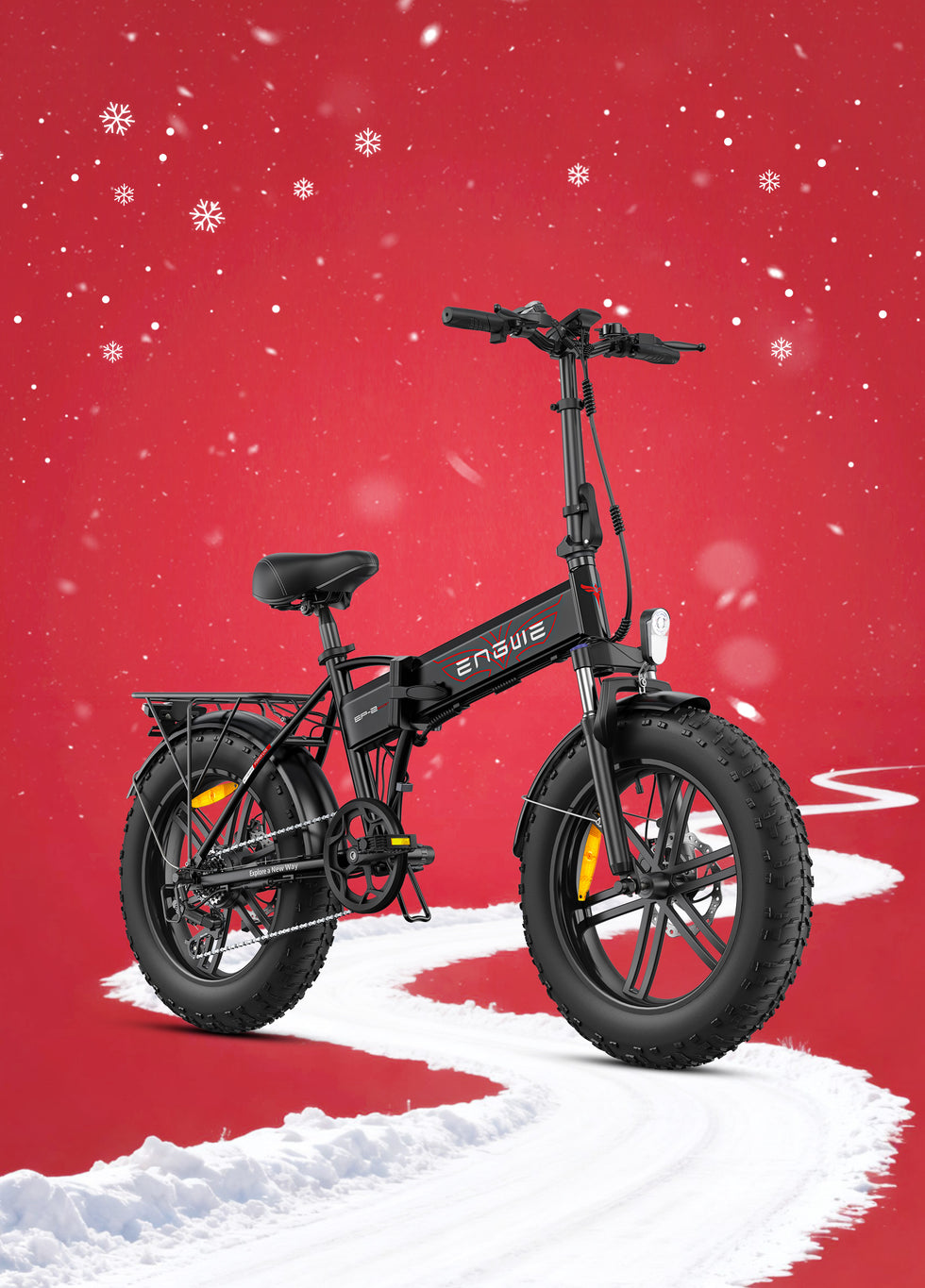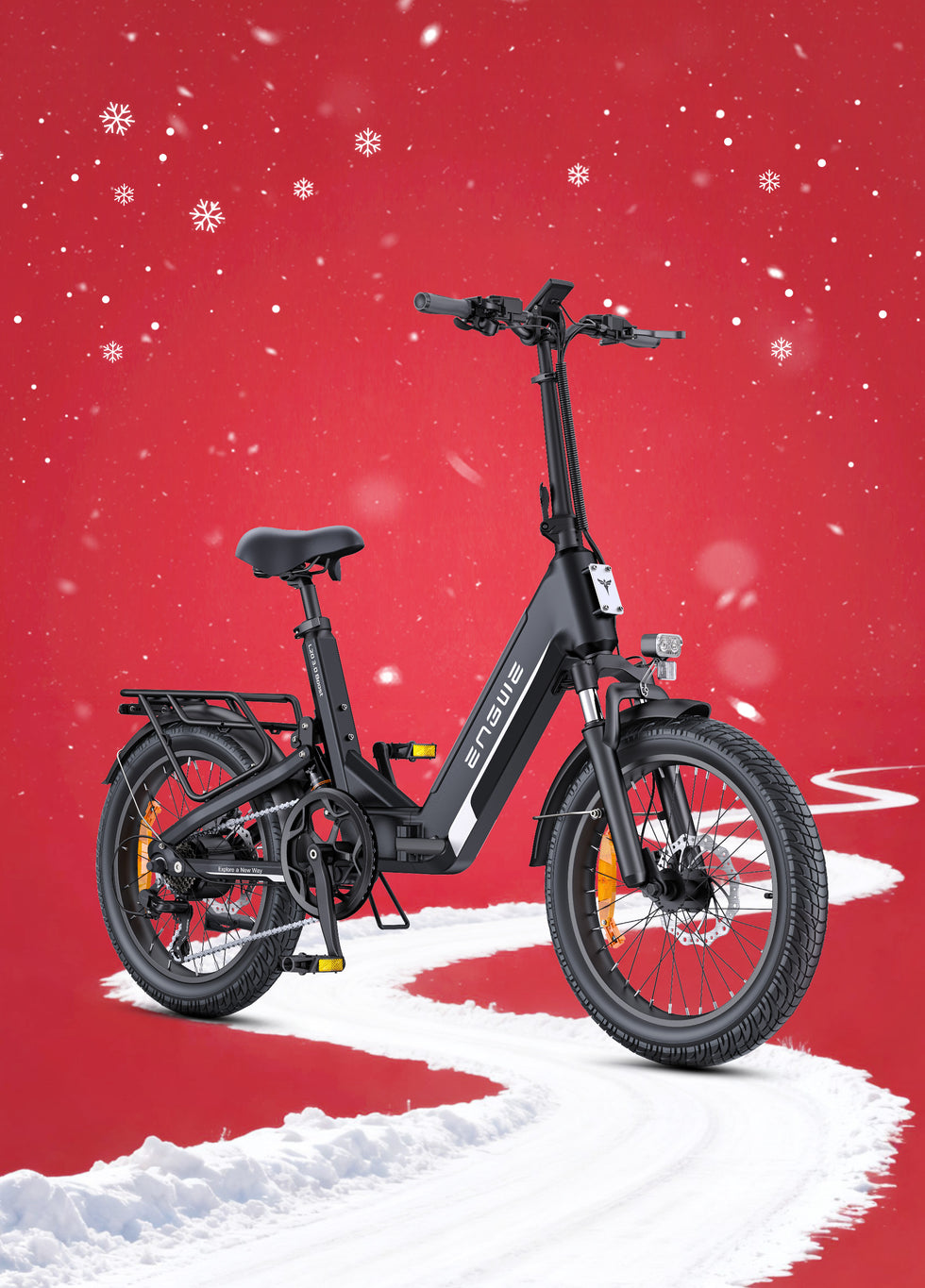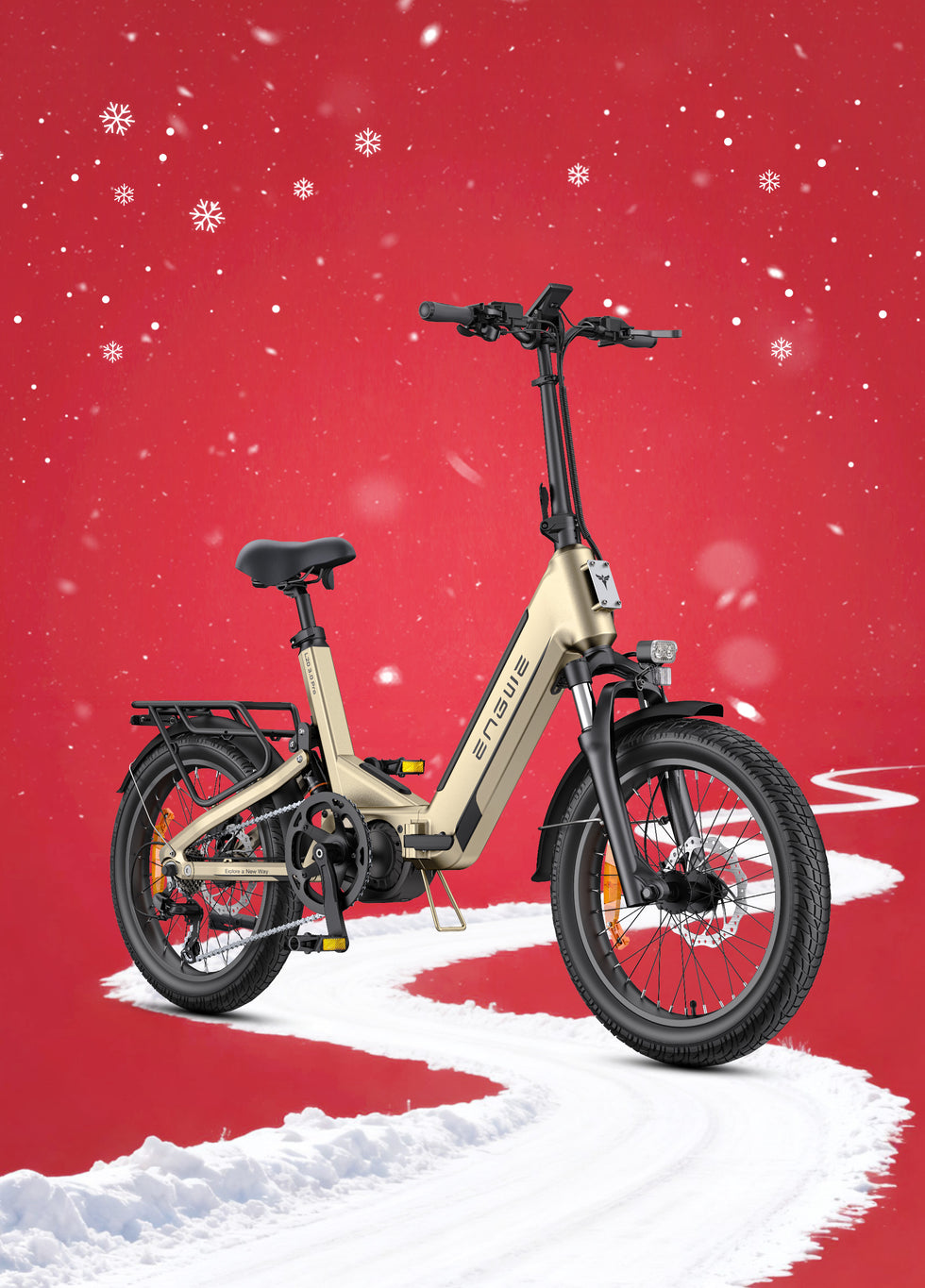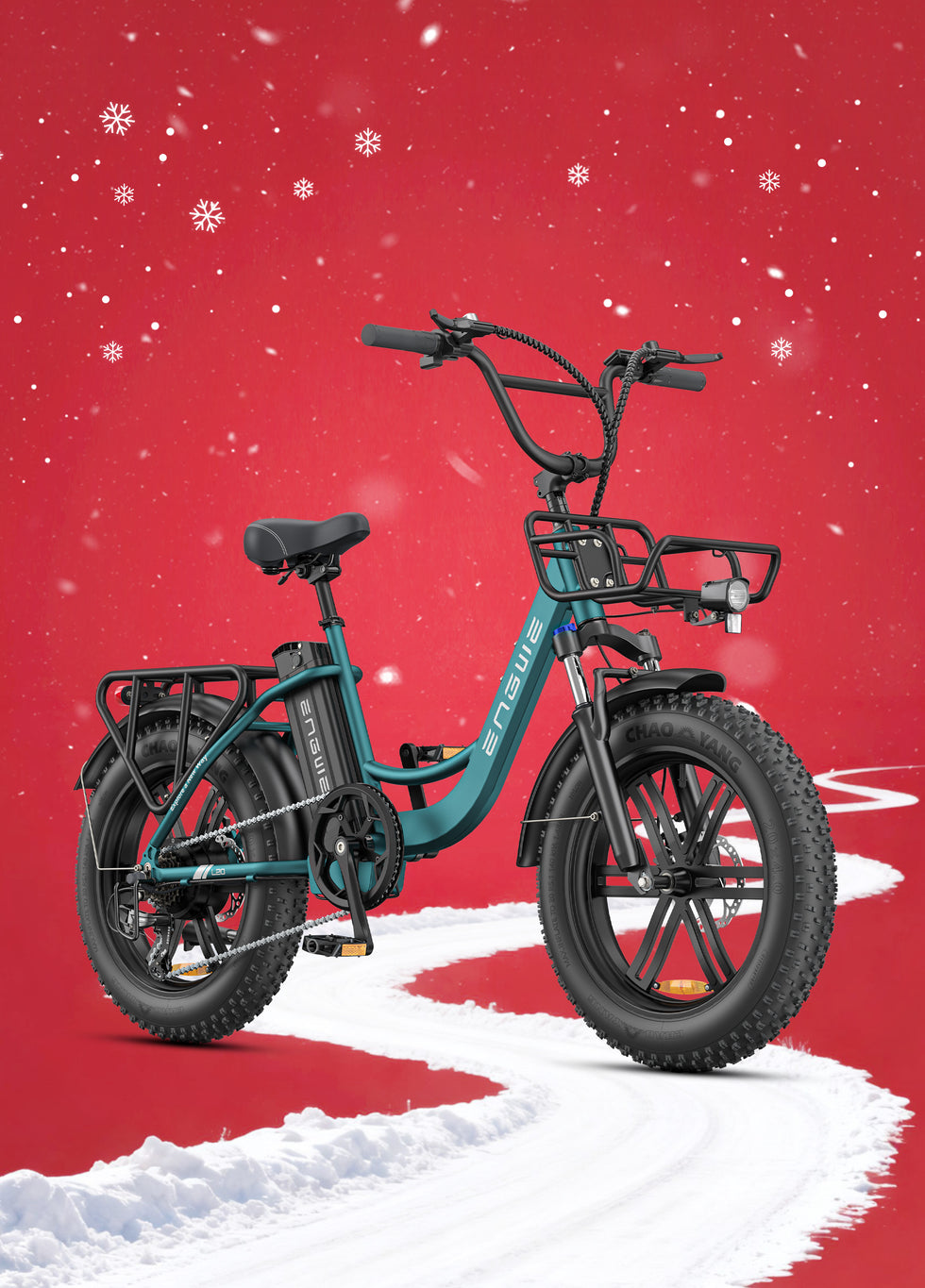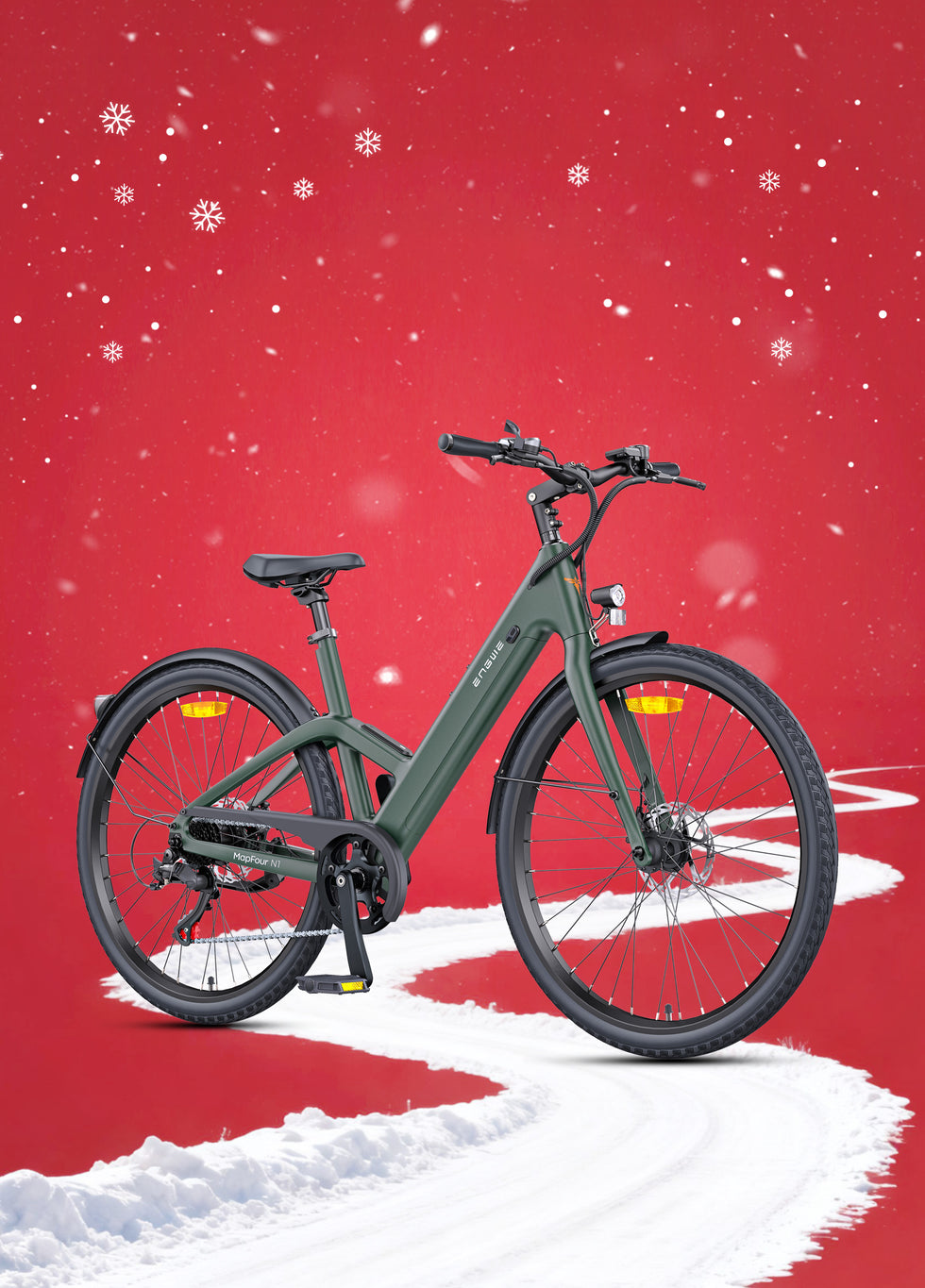Asking 'how much are electric bikes' opens up a world of possibilities, with prices spanning from a few hundred to several thousand pounds. The initial sticker shock for a premium model can be daunting, while the allure of a budget option can be tempting. The truth is, the price you pay is a direct reflection of the technology, quality, and capability packed into the frame. For a first-time buyer, this landscape can be confusing. The key isn't just to find the cheapest option, but to understand what you are paying for and to find the perfect intersection of price and performance that matches your specific needs. This guide will demystify the pricing tiers, explain what features drive the cost, and help you determine what a sensible budget looks like for the kind of riding you plan to do.
What Truly Dictates the Price of an Electric Bike?
The price tag on an electric bike is not arbitrary. It is the sum of its parts, and the quality of each component has a significant impact on both the cost and the overall riding experience. Understanding these core components is the first step to making an informed decision.
Motor
The heart of the electric bike, the motor's type and power are major price drivers. Hub-drive motors, located in the centre of the front or rear wheel, are common on entry-level and mid-range bikes. They are reliable and effective. More expensive bikes often feature mid-drive motors, which are positioned in the middle of the bike where the pedals are. These provide a more natural and balanced riding feel, especially on hills, as they leverage the bike's own gears. The power, measured in Watts (W), and torque, measured in Newton-metres (Nm), also influence the price, with higher figures generally costing more.
Battery
The battery is often the single most expensive component. Its capacity, measured in Watt-hours (Wh), determines your range. A bigger battery means you can travel further on a single charge, but it also means a higher price. The quality of the battery cells inside, often from reputable brands like Samsung or LG on higher-end models, also affects longevity and cost. A cheap, unbranded battery might offer a similar initial range but will likely degrade faster over time.
Frame and Materials
The vast majority of electric bike frames are made from aluminium, which offers a great balance of strength, weight, and cost. Premium models, however, may use carbon fibre. This material is significantly lighter and stronger but comes at a much higher price, often adding a thousand pounds or more to the cost.
Brakes and Gearing
Safety and control are paramount. Entry-level electric bikes typically use mechanical disc brakes, which are effective and easy to maintain. As you move up in price, you will find hydraulic disc brakes. These offer superior stopping power and require less hand pressure, providing better control, especially in wet conditions. Similarly, the bike's drivetrain, usually from a manufacturer like Shimano, will vary. More expensive models will have more gears and smoother, more durable components that can better handle the extra torque from the motor.
Extra Features and Technology
The small things add up. A simple LED display showing battery life is standard on budget bikes. Mid-range and premium bikes will feature more advanced LCD displays with speed, distance, and power level information. Another crucial, but often overlooked, feature is the sensor. Most budget bikes use a cadence sensor, which simply turns the motor on when you start pedalling. More sophisticated and expensive bikes use a torque sensor, which measures how hard you are pedalling and delivers power proportionally. This results in a much smoother, more intuitive, and responsive ride that feels like a natural extension of your own effort.
Matching Your Budget to Your Riding Style
The best electric bike for you depends entirely on how you intend to use it. You would not buy a sports car for a farm track, and the same logic applies here.
For the Urban Commuter
If your primary use is getting to work, running errands, or navigating city streets, your focus should be on reliability, comfort, and practicality. You will want features like mudguards, a rear rack for carrying luggage, and integrated lights. A foldable design can be a huge bonus if you need to take your bike on a train or store it in a small flat. A reliable hub motor and a battery that provides a 30 to 50-mile range is usually more than sufficient. For a solid, dependable commuter electric bike with these features, you should expect to budget in the mid-range.
For Leisure and Fitness
If you plan on weekend rides along canal paths, country lanes, and gentle trails, you will appreciate a bit more comfort and performance. Look for a bike with front suspension to smooth out bumps in the road, a slightly more powerful motor to help with rolling hills, and a larger battery to give you the confidence to explore further without range anxiety. A comfortable saddle and ergonomic handlebars will make longer rides much more enjoyable. The price for these bikes typically sits in the solid mid-range, offering a significant upgrade in ride quality over basic models.
For Off-Road Adventures
If you dream of tackling challenging trails, steep climbs, and rugged terrain, you will need a dedicated electric mountain bike (eMTB). These are the most expensive, and for good reason. They feature robust frames, long-travel front and sometimes rear suspension, powerful mid-drive motors with high torque, and large batteries. They also come equipped with high-performance hydraulic disc brakes and durable, wide-range gearing designed for the demands of trail riding. These are specialist machines built for performance in harsh environments.

Finding the Sweet Spot of Value and Performance
Navigating the market can feel like a trade-off between features and price, but some brands excel at delivering high-end features without the premium price tag. ENGWE, for instance, has carved out a reputation for building incredibly capable and feature-rich bikes that offer exceptional value. A prime example is their EP-2 Boost model. This electric bike is a masterclass in versatility. It blends the practicality of a commuter with the capability of an all-terrain explorer. At its core is a legally compliant 250W brushless motor, but what sets it apart is the impressive 55Nm of torque and a unique Boost button, which provides an instant surge of power to make light work of steep inclines. Crucially, it incorporates a sophisticated torque sensor, a feature typically reserved for more expensive models, which delivers an incredibly smooth and responsive power assist. The ENGWE EP-2 Boost is built for the real world, featuring robust 20 x 4.0-inch fat tyres on durable one-piece wheels that handle everything from smooth asphalt to gravel paths and dirt tracks with ease. Its powerful 48V 13Ah removable battery delivers a class-leading range of up to 120km, eliminating range anxiety. Practicality is not an afterthought either; it comes with a sturdy rear rack, mudguards, a crisp LCD display, and front suspension. For enhanced safety, it is equipped with upgraded 180mm front and rear mechanical disc brakes for reliable stopping power, and it utilises a Shimano 7-speed gear system for efficient pedalling. Perhaps its most convenient feature is its compact foldable frame, allowing you to easily store it or take it with you on your travels. The ENGWE EP-2 Boost is a perfect example of a bike that refuses to compromise, offering a complete and powerful package for riders who want to do a bit of everything.

The Hidden Costs Beyond the Initial Purchase
Your spending does not necessarily stop once you have bought the bike. To ensure you are safe and your investment is protected, there are a few additional costs to consider.
Safety and Security
A helmet is non-negotiable. A good quality helmet is a vital piece of safety equipment. Equally important is a high-quality lock. Electric bikes are a target for thieves, so investing in a robust D-lock or a heavy-duty chain is essential to protect your property. You should also factor in the cost of good front and rear lights if your bike does not come with them integrated.
Maintenance
Just like a regular bike, an electric bike needs looking after. You will need to budget for consumables like chain lubricant, brake pads, and potentially new tyres down the line. While you can do much of the basic maintenance yourself, an annual service from a professional bike shop is recommended to check the motor, battery, and electronic components, which will ensure everything is running safely and efficiently.
Insurance
While not legally required, insuring your electric bike is a very wise decision. It can cover you against theft and accidental damage, and many policies also include public liability insurance, which protects you in case of an accident involving a third party.

Five Common Questions Answered
1. Why are some electric bikes so much more expensive than others?
The price difference is down to the quality and sophistication of every component. A premium bike will typically have a lighter carbon fibre frame, a more powerful and intuitive mid-drive motor with a torque sensor, a longer-range battery with high-quality cells, more powerful hydraulic disc brakes, and higher-end gearing and suspension. These upgrades add up, resulting in a significantly better performance, a more refined ride feel, and better long-term durability compared to a basic entry-level model.
2. Is a cheap electric bike a false economy?
It can be. While a very cheap electric bike might seem like a bargain, they often cut corners on the most important components. The battery may have a short lifespan and a much lower real-world range than advertised. The brakes and gears might be low-quality and less reliable, and the frame may be heavy. Over time, the cost of replacing a failing battery or constantly repairing cheap components can make the initial saving meaningless. It is often better to invest in a reputable mid-range brand that offers a good warranty and reliable performance.
3. What are the main running costs of an electric bike?
The running costs are remarkably low compared to a car or public transport. The cost of electricity to charge the battery is negligible, usually just a few pence for a full charge. The main costs are maintenance-related. This includes occasional replacement of wearable parts like brake pads, chains, and tyres, which is similar to a non-electric bike. The biggest potential future cost is a replacement battery, which can last anywhere from three to seven years depending on use and care.
4. Do I need insurance and a license for an electric bike in the UK?
In the UK, as long as the electric bike meets the 'electrically assisted pedal cycles' (EAPC) requirements, you do not need a license, registration, or insurance. The EAPC rules state that the bike must have pedals that can be used to propel it, the motor must not exceed 250 watts of power, and the electrical assistance must cut out when you reach a speed of 15.5 mph (25 km/h). If a bike exceeds these specifications, it is legally classified as a moped and requires the relevant documentation.
5. How long will the battery last before it needs replacing?
An electric bike battery's lifespan is measured in charge cycles. Most modern lithium-ion batteries are rated for between 500 and 1,000 full charge cycles. A full cycle means charging from 0 to 100 percent. If you use half the battery and recharge it, that is half a cycle. For a regular commuter, this typically translates to three to five years of reliable use before you might notice a significant drop in its capacity and range. You can extend its life by storing it in a cool, dry place and avoiding leaving it completely empty or fully charged for long periods.
Ultimately, the right price is the one that gets you a safe, reliable, and enjoyable electric bike that fits perfectly into your life.
